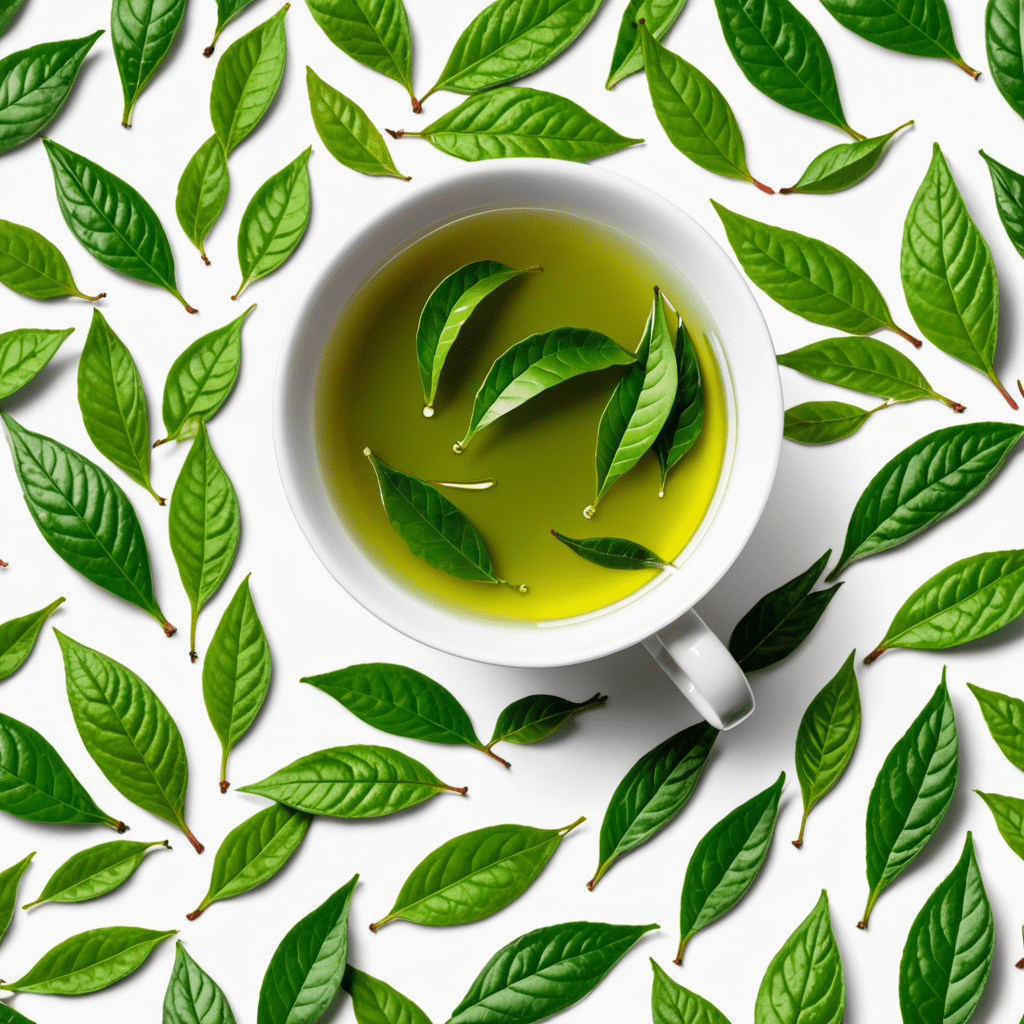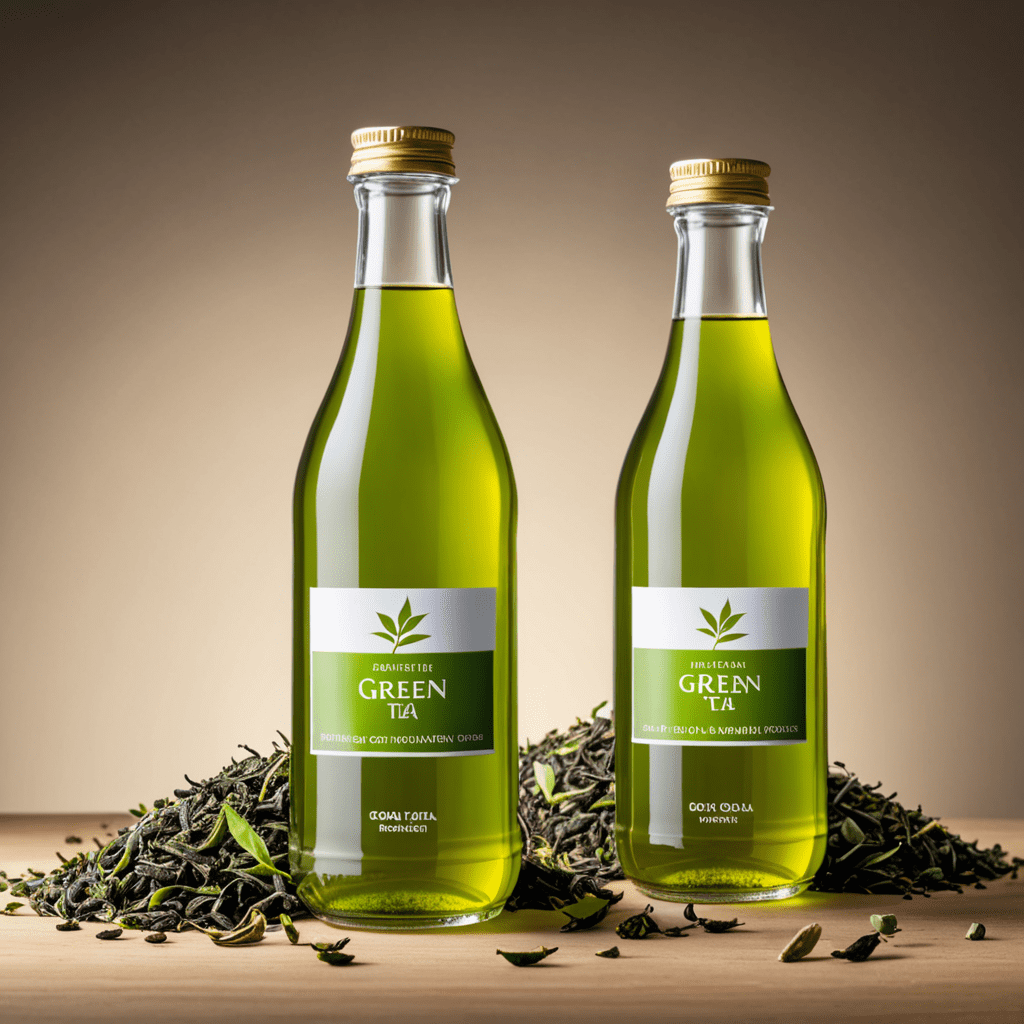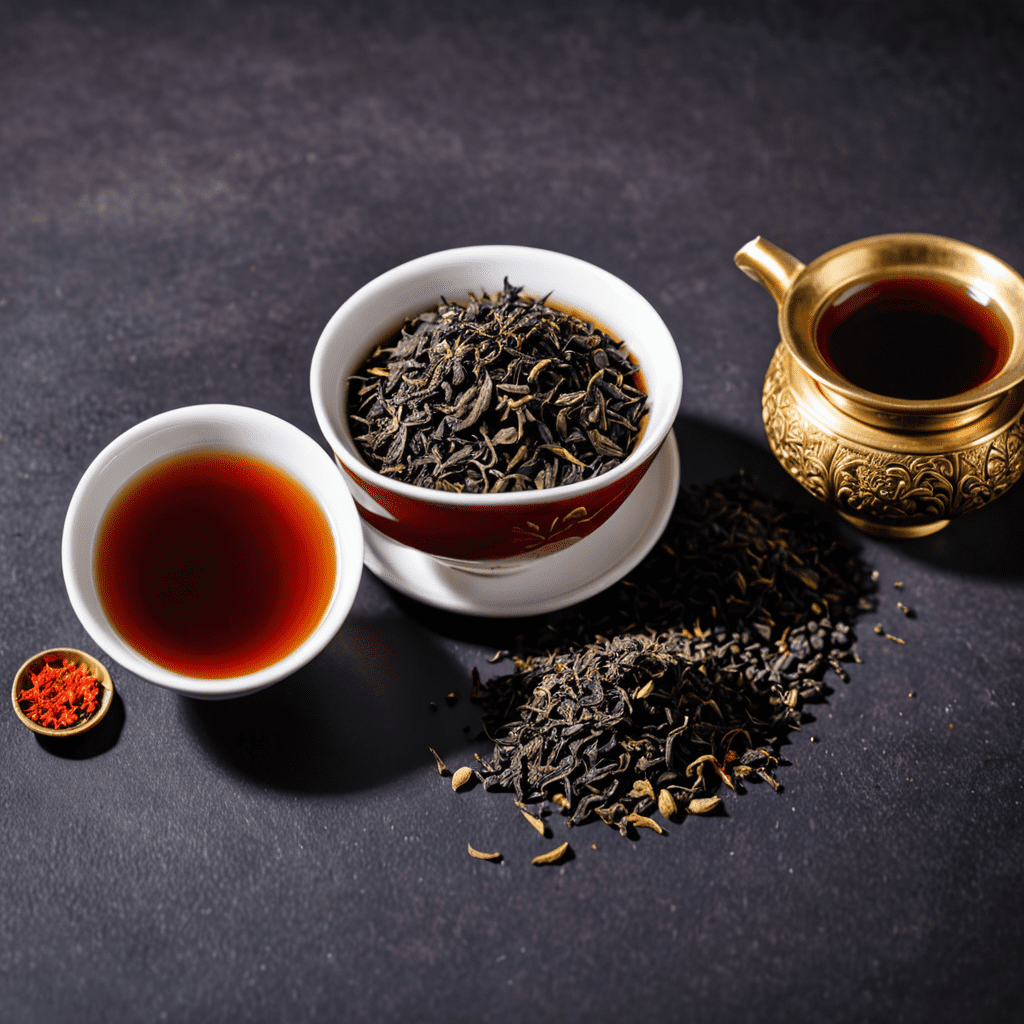The Art of Steeping Green Tea Leaves for Maximum Flavor and Enjoyment
Green tea is renowned for its refreshing taste, delicate aroma, and numerous health benefits. To extract the full potential of these leaves, proper steeping is crucial. Steeping green tea leaves requires careful attention to time and temperature. In this article, we will explore the optimal steeping time for green tea, factors that can affect it, and some frequently asked questions to enhance your tea brewing experience.
Understanding Steeping Time for Green Tea
When it comes to steeping green tea, timing is everything. Unlike black tea, which can tolerate longer steeping times, green tea leaves require a shorter infusion period to avoid excessive bitterness. Steeping green tea for too long can result in a harsh and astringent taste, diminishing the delicate flavors and aromas.
The ideal steeping time for green tea typically ranges from 1 to 3 minutes. However, this can vary depending on the type of green tea, personal preference, and desired strength. Let’s delve deeper into these factors.
Factors Affecting Steeping Time
1. Green tea variety
Green tea comes in various types, such as sencha, matcha, gyokuro, and genmaicha. Each type has its own unique set of flavors and characteristics. While some varieties benefit from a shorter steeping time, others can be steeped longer without losing their delightful qualities. It’s important to understand the recommended steeping time for the specific green tea you are using.
2. Leaf size and shape
The size and shape of the green tea leaves can influence the steeping time. Generally, larger and more tightly rolled leaves require a longer steeping time to fully unfurl and release their flavors. Conversely, smaller and finer tea leaves may impart their essence quickly, resulting in a shorter steeping time.
3. Water temperature
The water temperature used for steeping green tea greatly impacts the extraction process. It is crucial to remember that green tea leaves are delicate and sensitive to high temperatures. Using water that is too hot can lead to a bitter brew. The optimal water temperature for most green teas falls between 160°F (70°C) and 180°F (82°C). Experimentation with different temperatures can help find your preferred balance of flavors.
4. Steeping vessel
The vessel used for steeping green tea plays a role as well. Porcelain or ceramic teapots and cups, which retain heat effectively, are often recommended. Glass teapots can also be used as they allow you to observe the brewing process. Avoid using materials like metal or plastic, as they can affect the taste of the tea.
Tips and Recommendations for Steeping Green Tea
To make the most of your green tea experience, consider the following tips and recommendations:
- Start with high-quality green tea leaves from a reputable source. Freshness and quality significantly impact the final taste.
Use filtered and freshly drawn water to ensure optimal flavor and to avoid any off-putting tastes that may arise from tap water.
Experiment with different steeping times to find your preferred flavor profile. Begin with the recommended steeping time for the chosen tea and adjust accordingly to suit your taste preferences.
You can re-steep green tea leaves multiple times, gradually increasing the steeping time for subsequent infusions. This allows you to fully explore the complex flavors and aromas present in the leaves.
Consider trying different green tea varieties and exploring their unique characteristics. Each type offers a distinct flavor profile, allowing for a diverse and enjoyable tea drinking experience.
Take note of the overall steeping process, including water temperature, steeping time, and personal observations. This will help you refine your brewing technique and create consistent and satisfying cups of green tea.
FAQ
Q: Can I steep green tea longer to make it stronger?
A: While it may seem intuitive to steep green tea for an extended period to increase its strength, doing so can result in bitterness and astringency. Instead, to enjoy a stronger cup of green tea, it is recommended to increase the tea-to-water ratio or adjust the water temperature rather than extending the steeping time.
Q: Should I cover the teapot or cup while steeping green tea?
A: Covering the teapot or cup while steeping green tea helps to retain heat and create a more uniform infusion, resulting in a consistent flavor. It also prevents the aroma from escaping, enhancing the overall sensory experience.
Q: Can I drink green tea if I prefer a milder taste?
A: If you find the taste of green tea too strong or bitter, there are a few steps you can take to achieve a milder brew. Firstly, reduce the steeping time to 1-2 minutes. Secondly, opt for green teas known for their subtle and gentle flavors, such as Dragon Well (Long Jing) or Jasmine Green Tea. Lastly, adding a touch of honey or a slice of lemon can help balance the flavors to suit your taste preferences.
Q: Can I reuse green tea leaves for multiple infusions?
A: Yes, green tea leaves can be steeped multiple times. In fact, many tea enthusiasts enjoy exploring the evolving flavors and aromas of the leaves over successive infusions. Simply increase the steeping time by a few seconds with each subsequent brew.
Q: How should I store green tea leaves?
A: To maintain the freshness and integrity of green tea leaves, store them in an airtight container away from light, heat, and moisture. Avoid areas with strong odors, as tea leaves can easily absorb and be affected by surrounding scents.
Q: Can I add milk or sugar to green tea?
A: While it is uncommon to add milk to green tea, personal preferences vary. Adding milk can alter the taste and aroma, potentially diminishing the subtle flavors of the tea. Similarly, adding sugar can overpower the delicate nature of green tea. It is generally recommended to enjoy green tea without any additions, allowing its natural flavors to shine through.
In conclusion, steeping green tea leaves requires precision and an understanding of the variables at play. By considering the type of green tea, leaf size, water temperature, and steeping vessel, you can create a delicious cup of green tea that suits your taste. Remember to experiment, take note of your brewing process, and savor the unique flavors and aromas that green tea has to offer. Cheers to the art of steeping with finesse!



